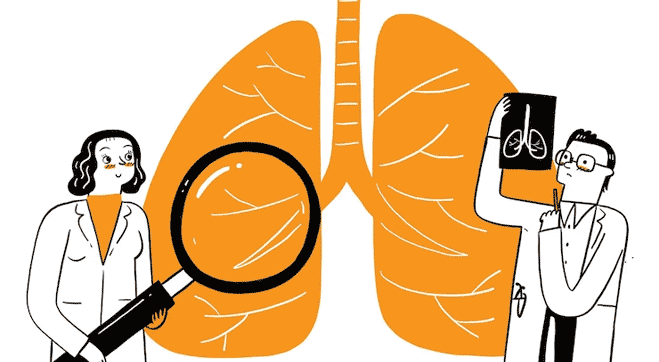Cancer has emerged as the most dreaded ailment in recent times and is one of the major causative factors for mortality worldover. In spite of developments and continuous research for determining the causative factor, efficient treatment strategies and classification of cancer, the death toll still remains high. There are more than 200 types of cancers which have been known to affect more than 60 different sites in the human body. Few of these like cancer of the breast cancer, lung cancer, colon, colorectal, blood, etc. have been documented to have a higher prevalence. Lung cancer is the third most prevalent type in men and women and the most common cause of cancer deaths worldwide.








